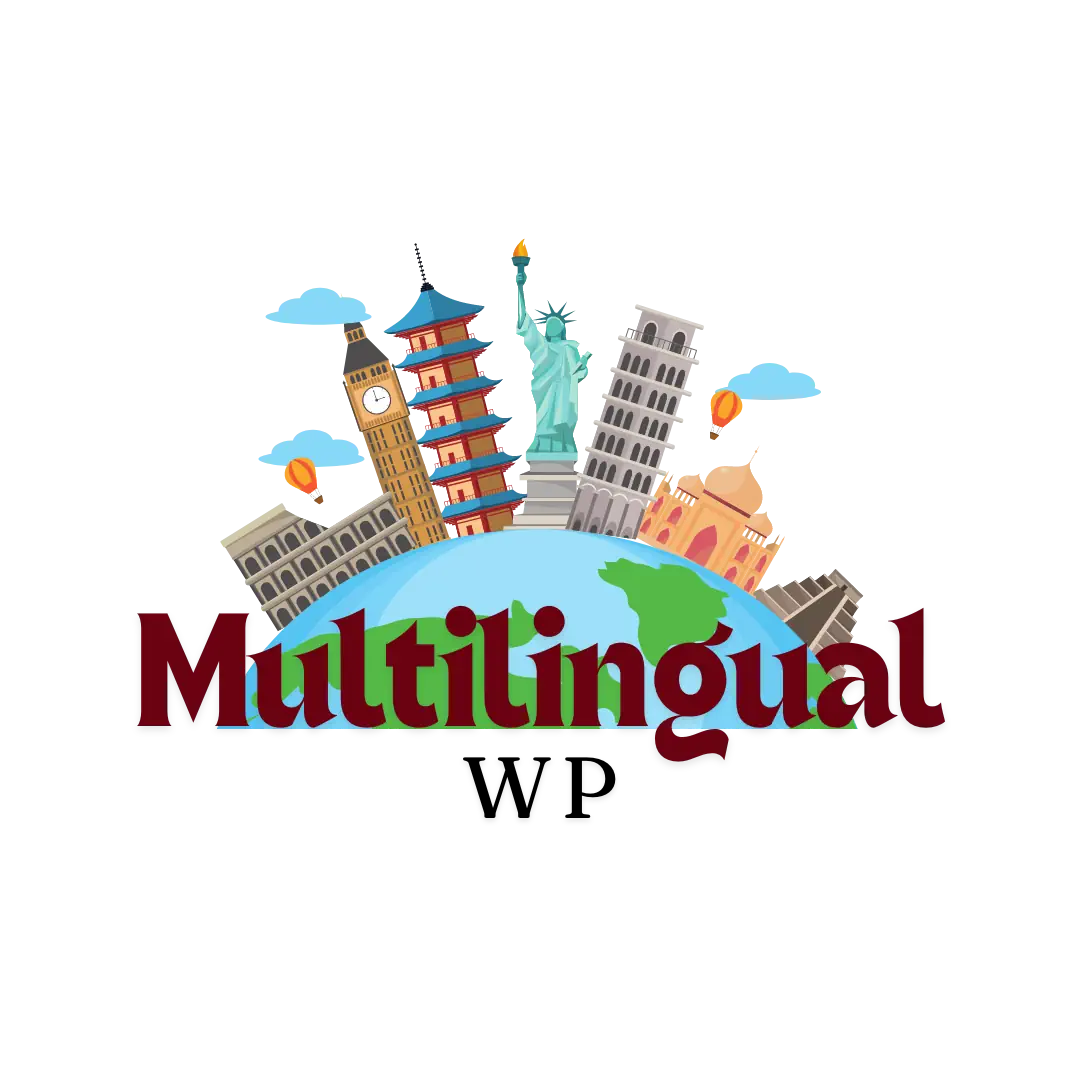Creating a multilingual website is essential for businesses and organizations aiming to connect with users across different languages and regions. It involves more than just translating text; it requires careful planning, technical implementation, and an understanding of multilingual SEO to ensure an optimal user experience and search engine performance.
Why Multilingual Websites Are Important
Having a multilingual website offers numerous benefits:
- Enhanced User Experience: Users can browse content in their preferred language, increasing satisfaction and engagement.
- Expanded Reach: A multilingual site allows you to tap into new markets and attract a global audience.
- SEO Advantages: Properly implemented multilingual SEO helps improve visibility in search engine results for multiple languages.
Best Practices for Building a Multilingual Website
1. Use Different URLs for Each Language Version
Google recommends using distinct URLs for each language version of your site to help search engines and users identify the content easily. Options include:
- Subdomains:
fr.example.comfor French,es.example.comfor Spanish. - Subdirectories:
example.com/fr/orexample.com/es/. - Separate Domains:
example.frorexample.es.
Tips:
- Avoid using cookies or browser settings to display different language versions.
- Ensure URLs clearly indicate the language and region.
2. Implement Hreflang Tags Correctly
Hreflang tags tell search engines which language version of a page to display based on the user’s language or region. Best practices include:
- Adding hreflang tags to the
<head>of your HTML or in your sitemap. - Specifying both the language and regional variations, such as
en-usfor English (United States) andfr-cafor French (Canada). - Including a self-referencing hreflang tag for each page.
3. Provide a Language Switcher
A user-friendly language switcher is essential for a positive user experience. Best practices for language switching include:
- Placing the switcher in a visible location, such as the top navigation or bottom-right corner.
- Using flags cautiously; instead, use the language name in the native script (e.g., “Español” for Spanish).
- Ensuring the switcher links directly to the corresponding language version of a page.
4. Translate Your Website Content
When translating your website, consider these tips:
- Use Professional Translation: Rely on human translators for accuracy and cultural relevance.
- Leverage a Content Management System (CMS): Systems like WordPress and its multilingual plugins make it easy to manage translations.
- Consider Machine Translation: Tools like Google Translate can provide a starting point but require manual review to ensure quality.
5. Optimize for Multilingual SEO
To improve search engine rankings across multiple languages, follow these best practices:
- Localize Content: Adapt your content for cultural and linguistic nuances.
- Translate Metadata: Ensure titles, meta descriptions, and alt text are translated.
- Create a Multilingual XML Sitemap: Submit separate sitemaps for each language version to Google Search Console.
- Build Backlinks: Focus on earning links from local websites in the target language.
Managing Multilingual Content Effectively
Choose the Right Content Management System
A robust CMS like WordPress simplifies the process of managing multilingual content. Use plugins like:
- WPML: Ideal for creating a multi-language website with advanced features like hreflang implementation.
- Polylang: Allows you to add multiple languages to your site for free.
- TranslatePress: Enables front-end translations for a seamless experience.
Maintain Consistency Across Languages
- Ensure all pages are available in each language.
- Use UTF-8 encoding to support languages with unique character sets.
- Keep the site’s design consistent across different language versions.
Test Your Multilingual Website
Before launching, test the following:
- Language Switcher: Verify it redirects users to the correct language version.
- Search Engine Indexing: Check that all language versions are indexed correctly.
- User Experience: Ensure seamless navigation in all supported languages.
Tips for Designing a Multilingual Website
Focus on User Experience
- Use a clear, intuitive layout for users navigating different languages.
- Provide customer support in multiple languages if applicable.
- Consider accessibility features, such as support for right-to-left (RTL) languages like Arabic.
Localize Beyond Text
Localization goes beyond translating words. Adapt images, currency, date formats, and measurements to suit the target audience.
Avoid Common Pitfalls
- Don’t rely solely on machine translation for your content.
- Avoid using a single URL for different language versions.
- Don’t ignore regional SEO strategies.
Tools to Help You Create a Multilingual Website
WordPress Plugins
- WPML: Comprehensive multilingual functionality.
- TranslatePress: Intuitive interface for front-end translations.
- Polylang: Great for lightweight multilingual needs.
Translation Tools
- Google Translate: Useful for basic translations, but requires human editing.
- DeepL Translator: Offers high-quality machine translation.
Testing Tools
- Google Search Console: Verify multilingual SEO settings.
- BrowserStack: Test your site across multiple languages and regions.
Conclusion
Building a multilingual website is a critical step for reaching global audiences. By following best practices, optimizing for multilingual SEO, and leveraging the right tools, you can create a multi-language website that delivers a seamless user experience across different languages and regions. Whether you’re designing a multilingual site for an online store or an informational platform, thoughtful planning and execution will ensure your site meets the needs of diverse users.
